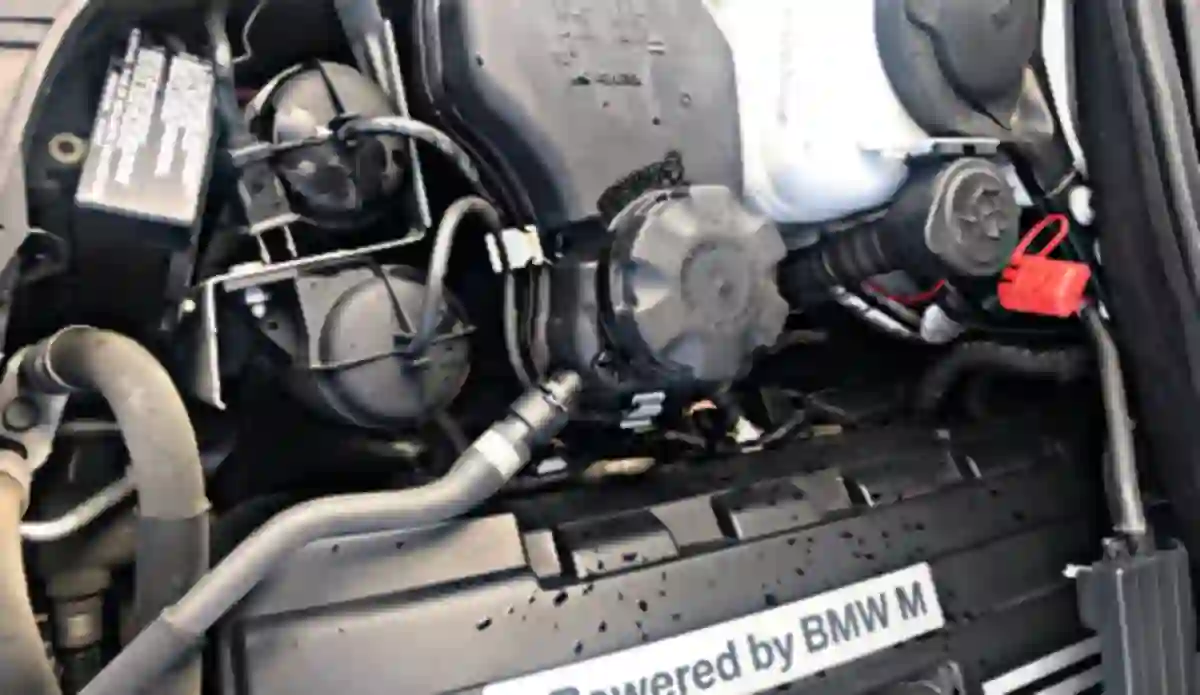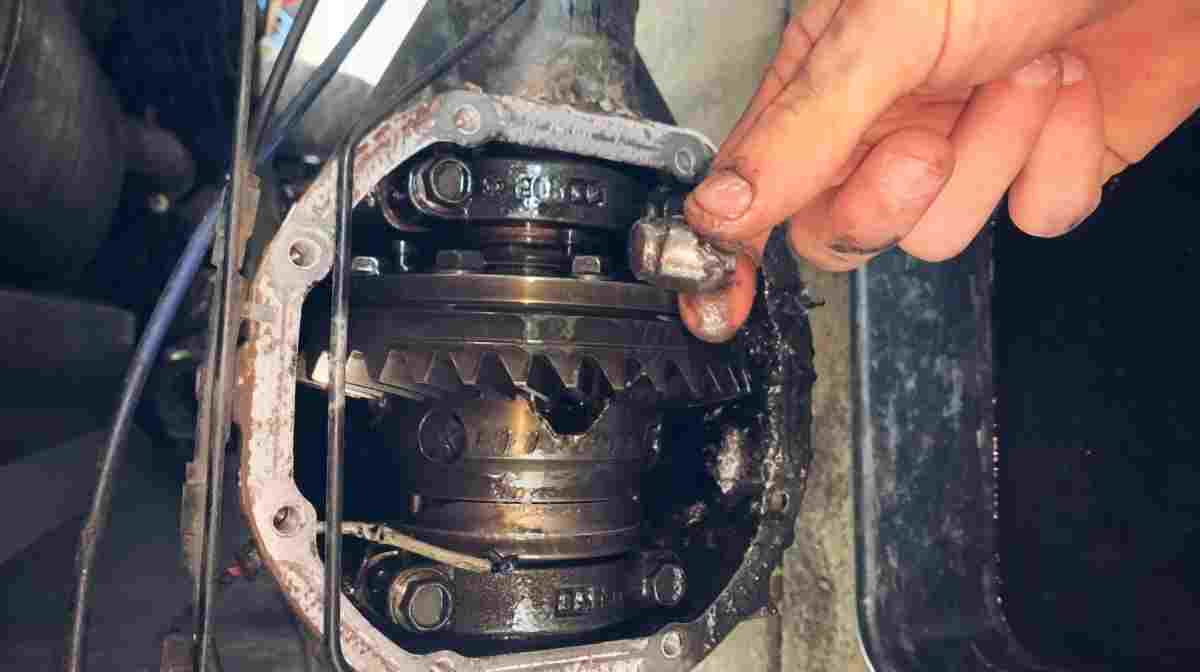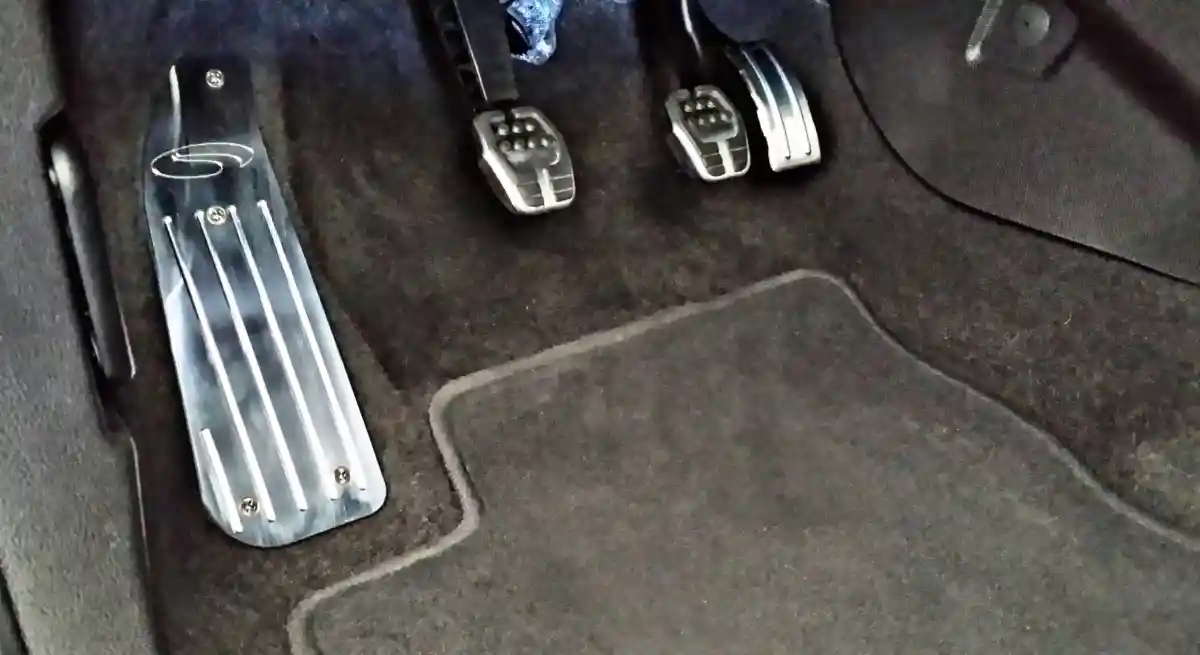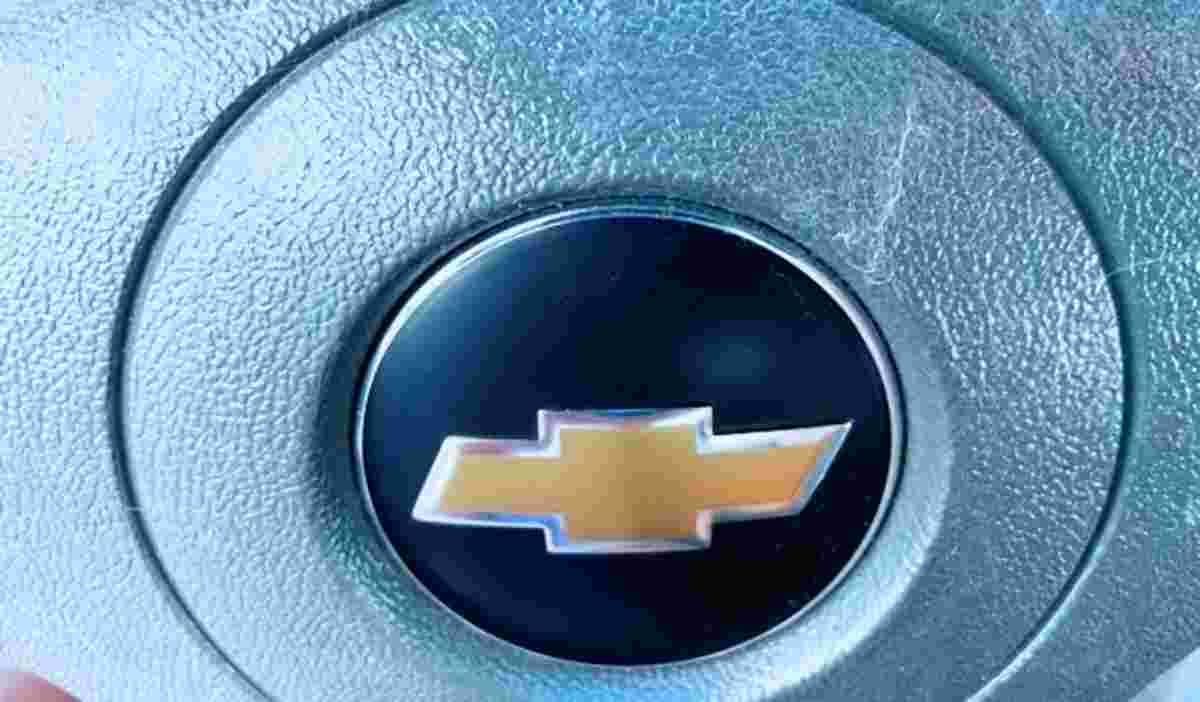How do I know if my radiator or water pump is bad? Generally, engine overheating, coolant leak/color change, hose problem, steam, and rust buildup indicate a faulty radiator or water pump. Regarding their functions, while the radiator cools off the coolant absorbing heat from the engine before recirculation, the water pump removes coolant from the radiator and circulates it throughout the engine. And as with other vehicle components, either the water pump or the radiator can become faulty, thus, a fix is necessary to prevent more expensive damages. Now, the importance of this guide is to help you identify and fix the problem.
In addition to the aforementioned purpose of this guide, you’ll also learn about the functions of both the radiator and water pump.
Radiator or water pump: which is bad?

Assuming your radiator fails, it is likely that your water pumps and cooling system will also fail, which is not good news for your engine. That said, below are a few symptoms that it may be time to visit a professional mechanic.
1. Overheating engine
An overheating engine is one of the most evident symptoms of a faulty radiator. Your engine is likely to overheat if you observe a burning smell while driving, smoke or steam coming from under the hood, a whining or clunking sound, or if your car simply stops running. Overheating once could be the consequence of a variety of issues, but if it becomes a recurring problem, something isn’t functioning properly, and all indications point to the radiator.
2. Low coolant or leaks
Frustrating as it may be to observe your coolant levels decrease without rhyme or reason, a leak could be to blame. If you observe leaks underneath your car, you should make an appointment with your mechanic. A qualified mechanic can examine your radiator for cracks and leaks and determine whether there is cause for concern.
A pressure test and other tests, such as those using different dyes, can be used to diagnose and locate a leak. If your coolant levels are decreasing and you are uncertain, it is better not to continue refilling the tank.
The more coolant is added, the higher the likelihood that the leak will grow. It is recommended to have your radiator fixed as soon as possible before it begins to harm other components of your car.
3. Coolant color change
Observe the coolant color, particularly if you’ve observed it is making a change. Depending on the manufacturer and brand, green, red, and yellow are all typical colors for coolants. Over time, problems within the radiator, such as debris, might lead to the formation of a slimy substance. This will have a brown, black, or rust-colored appearance and will be visibly thicker than typical coolant.
Unfortunately, this type of polluted coolant does not flow correctly through the radiator, and when it does get inside, it contaminates other fluids and can be hazardous to your engine. Your mechanic can determine the origin of this discoloration and restore your car to safe driving standards.
4. Whining noise
Problems with pulley location frequently show as a high-pitched noise emanating from the front of the car. This is because a weaker pulley can produce a high-pitched whirring or screaming sound when pulled by the pump. Typically, this is due to poor pulley arrangement or bearing issues within the pump. Sadly, after the bearings in the pump have worn out, the item is no longer usable, and you will need to search for a replacement water pump.
4. Rust and corrosion
A lot of instances indicate that polluted coolant can cause impeller deterioration. In addition, rust can form if the pressure plug is defective and generates bubbles. This will render the pump ineffective at moving the coolant, cause more damage to all components of the cooling system, and may cause total engine failure. Consequently, this is something we cannot ignore.
5. Steams from the hood
Lastly, if you observe steam emanating from the front of the engine when driving or stopping, this is an immediate symptom of an overheated engine. As mentioned previously, the engine will keep a steady temperature if the water pump and radiator both function properly. If you observe steam coming from the front of the engine, you should immediately move to a safe location and contact a professional mechanic. Do not operate a car whose engine is overheated.
How often should I replace my water pump?
Replace your water pump after about 60,000 to 100,000 miles if you have a modern vehicle. If you have a new car, you don’t have to replace the water pump. If you, however, drive an older car, inform your mechanic about it.
How much should I pay in 2025?
The price of repairs can vary depending on where you are and what you need to be repaired. To obtain an estimate for your repair, visit our estimator, enter your car’s year, make, and model, along with your ZIP code, and select the required service. We will provide you with a variety of repair costs in your location.
Functions of the water pump
The water pumps of a car are, at a fundamental level, the core of the cooling system. It circulates engine coolants continually throughout the cooling system. The cooling system runs from the radiators to the engine and back to the radiator.
This device enables drivers to have a peaceful, comfortable car trip. The engine drives the pump, which is typically driven by a belt and pulley system but may also be driven by a geared chain. The impeller is the most crucial component of the pump.
The impeller is responsible for circulating the coolers throughout the car. Visually, it resembles propellers used to move boats. To be effective, the impeller must act on a sealed bearing. If the water pump’s sealed bearings begin to leak, it will fail rapidly.
Functions of the radiator
The radiator contains three major components: the outlet and intake tanks, the core, and the pressure cap. Each of these three components has its unique function within the radiator.
A radiator hose’s primary function is to link the engine to
the radiator and permit coolant to flow through the appropriate tank. The input tank is responsible for directing the hot coolant from the engine to the radiator, and then back to the engine via the outlet tank.
The incoming hot coolant circulates through the core, which is a large metal plate with many rows of thin metal fins that help to cool the incoming hot coolant. Once the coolant reaches the required temperature, it is returned to the engine through the output tank.
While the coolant conducts this process, the pressure or radiator cap is responsible for tightly securing and sealing off the cooling system to ensure that it remains pressured until a particular point. Once it reaches that point, the pressure will be released. Without the pressure cap, the coolant could potentially overheat and overflow. Consequently, the radiator will operate inefficiently.
Differences between radiator and water pump
The radiator is the engine’s cooling system’s primary component. Its primary function is to disseminate a mixture of antifreeze and water across its fins, which dissipates a portion of the engine’s heat while drawing in the cool air before passing it on to the remainder of the engine. In close proximity to the radiator are the supply line, water pump, and fan clutch. Each of them contributes in a unique way to the radiator’s ability to keep the engine cool.
The spur line delivers warm coolant to the heater core to generate hot air as necessary, whilst the water pump distributes coolant throughout the engine. The most significant function of the fan clutch is to bring more air into the radiator and assist in lowering the antifreeze and water mixture’s temperature.
On the other hand, the water pump, also known as the coolant pump, distributes liquid coolant through the radiator and engine cooling system. It maintains a safe level of engine temperature while the engine is functioning. In addition, a Water Pump is required to maintain the circulation of coolant fluid via the engine, engine block, car hose, and radiator. It maintains the engine at a working temperature that prevents it from overheating.
FAQs
Can a car run with a bad radiator?
Your radiator plays a crucial function in circulating and regulating the temperature of your engine coolant, which, as its name suggests, serves to keep your engine cool. With a damaged or bad radiator, you face the risk of your engine overheating.
Will a bad water pump throw a code?
A bad water pump can throw a code and activate the check engine light. Depending on the make and model, a specific pressure level must be reached. If your water pump does not reach or exceed this level of pressure, it could be harmful to your car.
How does a car act when the water pump is going out?
The water pump is a vital component of your car’s cooling system. Without a functioning water pump, overheating can cause catastrophic damage to your car. The water pump in your car cannot endure forever, and if it is damaged, it may become inoperable. If this occurs, it is crucial to repair it immediately to prevent further damage to your car.
How do I know if my coolant is circulating?
Checking the upper and lower radiator hoses is one method for ensuring appropriate coolant circulation. The upper radiator hose should be around 190–200 degrees Fahrenheit. (An infrared thermometer is the most secure and precise method for obtaining this temperature reading.
Let us assume you are experiencing problems with your cooling system, it’s ideal to consult a mechanic immediately. Small problems can soon grow into large ones if they are not dealt with immediately and effectively.


